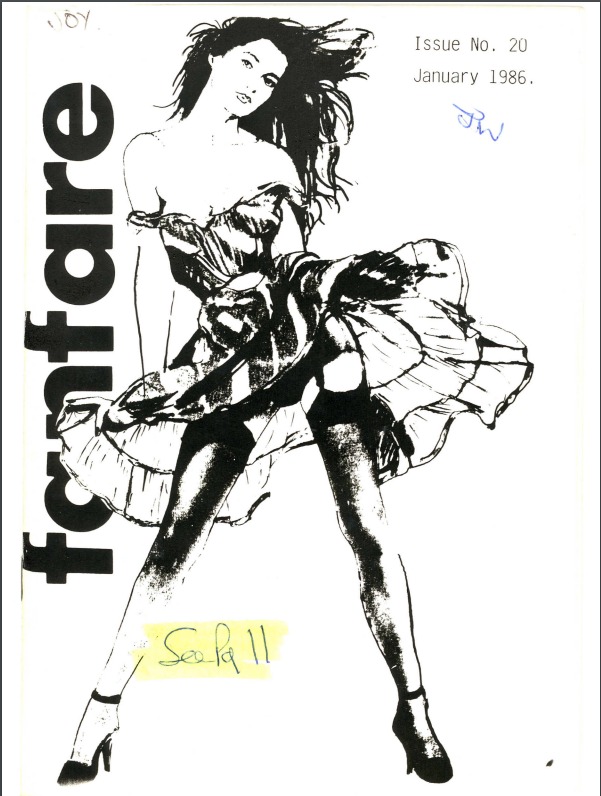Introduction
" Q: How does crossdressing help to fulfill the need for peace and wellbeing
and serenity?
A: For crossdressers the clothes themselves--their softness, style, cut,
what they signify--can bring a sense of peace and serenity just by wearing
them. For the transgenderist, the clothes carry a different significance--
they are part of one's whole bearing as a woman. For the transsexual, the
clothes are to some extent merely functional--they put the stamp of serene
approval on arrival at what should always have been.'"
Alice Millard at the 1976 2nd Annual Fantasia Fair
How do you construct your identity? How do you construct your gender? Is consumption linked to these constructions?
To be visibly transgender in 2017 remains a potentially dangerous act. Throughout the Western world, trans folks continue to face widespread discrimination and violence. Casting ones gaze back to a time before increased visibility of trans people, how was gender constructed and consumed by trans woman, when concerns about safety and respectability held outsized importance? Through the study of small spaces of community, this exhibit seeks to shed light on these questions.
Starting in 1975, Fantasia Fair has been a week-long conference and celebration of trans and gender variant folks. Through workshops, women learn about how to appear more cisnormatively feminine. Clothes, makeup, posture, voice, are some of the many topics covered at these yearly conferences. Prior to the creation of virtual spaces for the gender variant, Fantasia Fair acted as one of many temporarily constructed spaces of acceptability and community among trans woman. Others included newsletters, magazines, and weekly meetups.
This exhibit seeks to analyze these publications and related literature to see how trans woman constructed, affirmed, and consumed their identities from the mid-1970s to the end of the 1990s. Of particular focus will be what values were embedded in this consumption. In anchoring this exhibit in a publication based analysis, the use of the term, ‘trans women,’ is a term born out of convenience and not used as an umbrella term. Those that consumed the primary sources analyzed were overwhelmingly white, middle class professionals in the Western world. The disparate and isolated nature of the groups crossed continents. However, the interconnected nature of the newsletters speaks to a cosmopolitan tint to the community.
Thematically, this exhibit is organized around three main areas of consumption:
1. Consumption and Creation of Utopian Space
2. The Body and Consumption
3. Material Consumption
Each of these three main themes shows continuities along a need for security, temporality, and passing. It is hoped this exhibit sheds light on a little-covered area of history and raises interesting questions regarding the modern trans experience.
